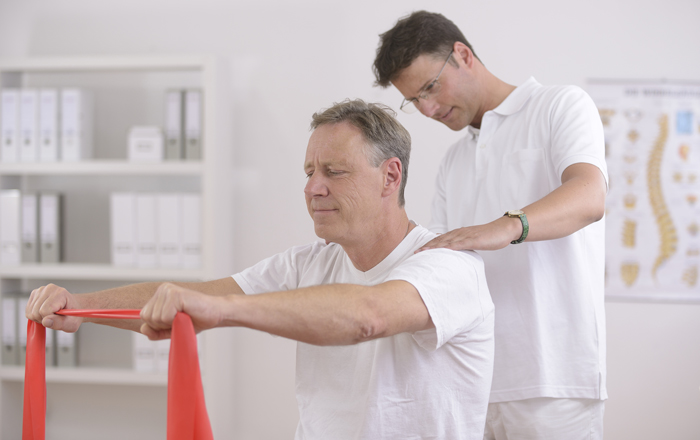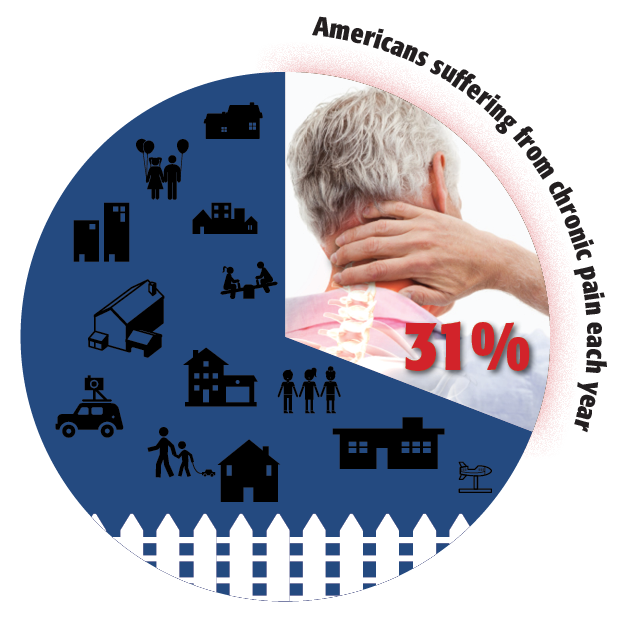It seems that every week there’s a new report highlighting America’s overwhelming dependence on prescription painkillers. Whether discussing the alarming opioid overdose rates, the disturbing trend of moving from prescription drugs to heroin or the massive number of prescriptions written by doctors, it’s very clear that an opioid abuse and addiction epidemic is gripping the United States.
With over 100 million Americans reportedly suffering from chronic pain every year,[1] and doctors having limited time to see each patient, prescriptions are often the most convenient remedies. However, the fact that they are convenient and often fast-acting does not necessarily make them the best choice for long-term pain relief. Prescription opioids are incredibly effective at treating the acute pain that follows major surgeries, car accidents, end-stage cancer, and other conditions, but they can be problematic for chronic pain due to the threat of tolerance, addiction and overdose.
Is there another way? Several drug-free pain management options are available for people struggling with long-term chronic pain. Why then do doctors continue to prescribe prescription opioids as long-term treatments rather than suggesting some drug-free options? We live in a society that demands quick results; frequently, the time commitment required for drug-free options to become effective is too much for patients who want immediate and constant relief. This is not to say, however, that drug-free pain treatments can’t be just as effective as prescription drugs. In fact, when used correctly and consistently, these alternative treatments can address a patient’s pain more effectively that prescription drugs.
Why Prescription Opioids Are Potentially Dangerous
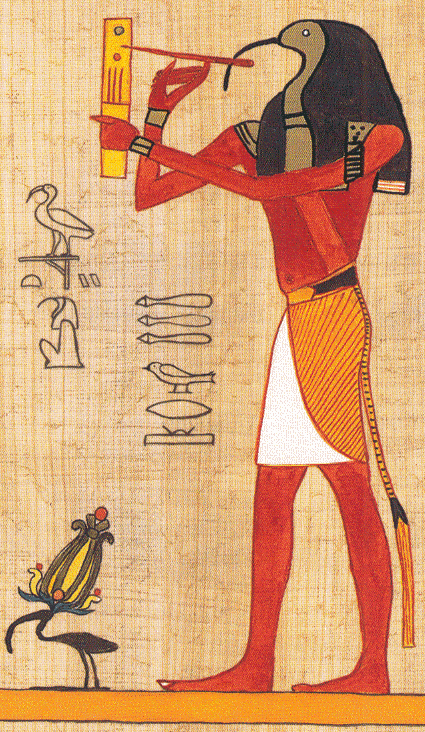
In addition to the threats of addiction and overdose, opioid use can lead to:
- Drowsiness
- Nausea
- Vomiting
- Confusion
- Dizziness
- Constipation
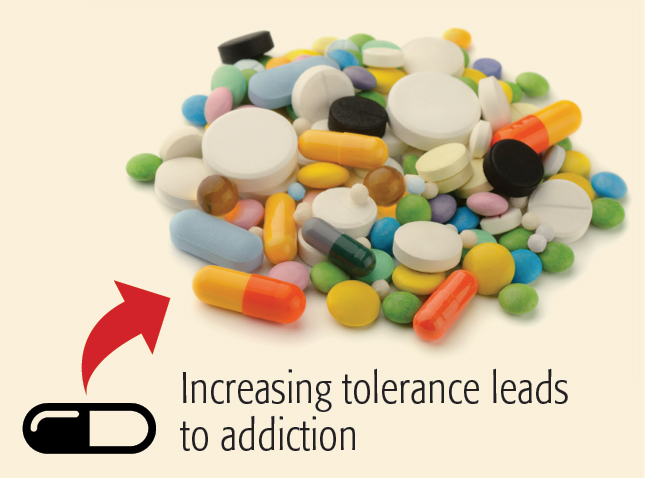
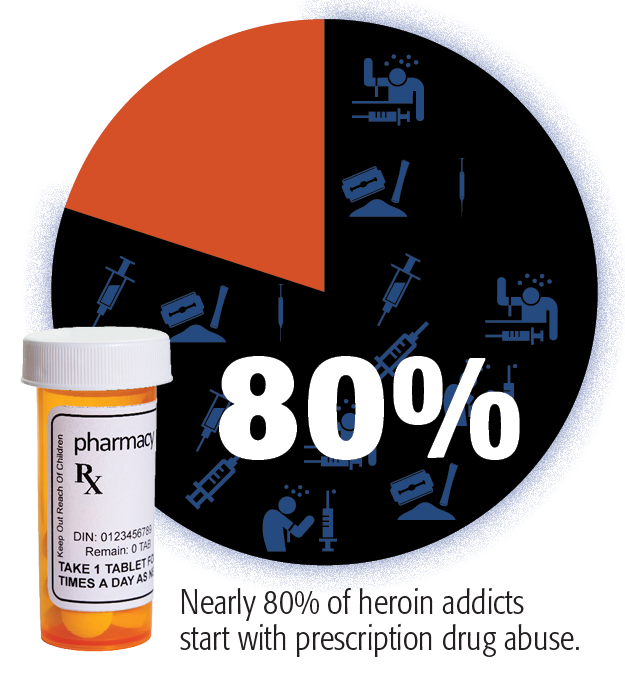
In 2014, a record number of Americans died from drug overdoses, with more than 60 percent of them involving opioids. From 2000 to 2014, nearly 500,000 people died from drug overdoses and 78 U.S. citizens died every day from an opioid overdose.[4] What’s worse is that nearly 80 percent of heroin addicts started off abusing prescription opioids, according to aggregated national heroin usage data.[5]
Heroin and Prescription Opioid Abuse in America:
- 75 percent of high school heroin users started with prescription opioid abuse[6]
- From 1999 to 2013, there was a 303 percent increase in deaths involving prescription opioids[7]
- In 1991, doctors wrote 76 million prescriptions for opioids. By 2013, that number had climbed to 207 million[8]
Some research has drawn a connection between substance use disorders and reports of chronic pain. A 2004 study found that 37 percent of patients in methadone maintenance treatment programs and 24 percent of patients admitted for addiction treatment also suffered from severe chronic pain. The same study showed that 80 percent of the methadone management patients and 78 percent of the addiction recovery patients reported some level of pain and extended duration. Quite obviously, this population of chronic pain patients may be prone to abusing prescription opioids, making it a risky treatment strategy.[9]
How Drug-Free Options Can Help
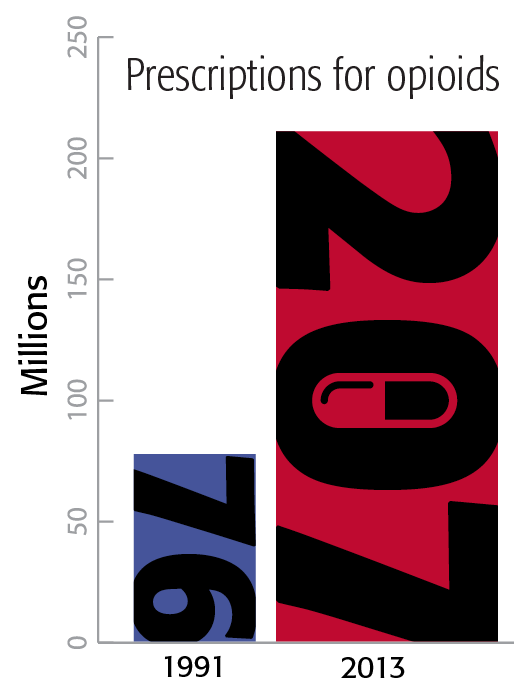
The Centers for Disease Control and Prevention (CDC) released guidelines urging prescribing physicians to move away from prescribing opioids and rely more on drug-free options. Based on the CDC guidelines, patients should choose non-opioid alternatives in the following scenarios:
- When the risks outweigh the rewards: If you’re dealing with long-term, chronic pain, it’s best to try drug-free options first. Only use opioids when absolutely necessary or after drug-free options have failed. Opioid use may also be unadvisable if you have substance use disorder.
- When pain is related to lower-back pain, hip or knee osteoarthritis or fibromyalgia: The CDC has recommended the use of physical therapy for treatment of these conditions.
- When opioids are prescribed: Even when a physician has prescribed opioids for legitimate reasons, the CDC recommends using the lowest effective dosage in combination with non-opioid therapies.
- When pain persists for 90 days or more: For chronic pain, opioid use is the least favorable treatment strategy.[10]
The CDC [urges] prescribing physicians to move away from prescribing opioids and rely more on drug-free options.
Several drug-free pain management options are worth exploring for people who wish to avoid opioid use. In many cases, when a person remains committed to these strategies, they can produce positive long-term results.
- Exercise & Nutrition: A physical therapist or personal trainer can help you strengthen your overall body and focus on specific areas of need.
- Meditation: Meditation and other mindfulness techniques have been utilized for pain relief long before the advent of popular medicine, and current research shows that these types of alternative therapies are effective in relieving pain.[11]
- Yoga: A recent study by the National Institutes of Health (NIH) showed that yoga has the opposite effect on the brain that chronic pain does. Yoga has been shown to potentially reduce the perception of pain.[12]
- Chiropractic Therapy: Regular chiropractic care can reduce back and neck pain, while also improving sleep, flexibility, mobility and posture.
- Acupuncture: This ancient healing technique has been practiced for thousands of years. Some research has shown acupuncture can be effective in treating back and neck pain while also preventing migraine headaches.[13]
- Massage Therapy: While there is no empirical evidence that massage therapy is effective in treating all types of pain, many studies have shown that it may be helpful for lower back pain, headaches and neck pain.[14]
Explore Your Options at Seaside Palm Beach
If you’re a person stuck in the cycle of unending, excruciating pain and subsequent prescription opioid use and abuse as treatment, it may be time to reexamine your treatment options. Continuing down this path could lead to addiction, overdose or the eventual use and abuse of heroin instead. The last thing you want is for your pain treatment to become an addiction.
However, if you or someone you care for has already fallen into addiction due to pain treatment, our pain-management specialists at Seaside Palm Beach are eager and standing by ready to help. You don’t have to choose between a life of pain or a life of opioid addiction – allow us to show you another way. We offer several drug-free pain management options as well as recovery strategies for people struggling from opioid withdrawal and chronic pain simultaneously. Contact us today at 1-888-997-3274 to learn more about how we can help.

